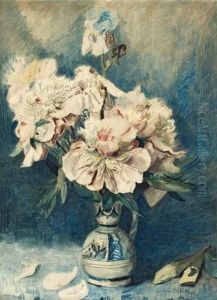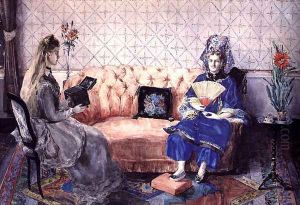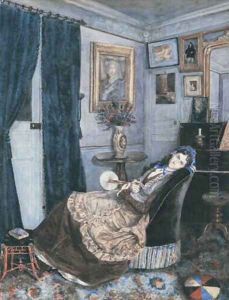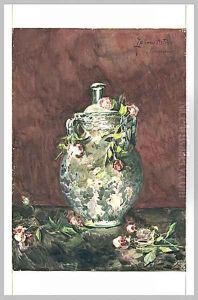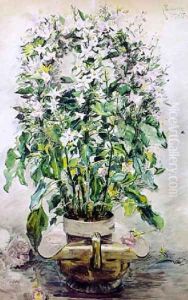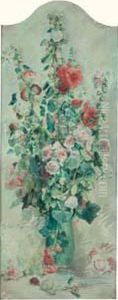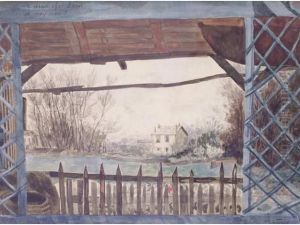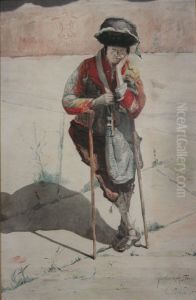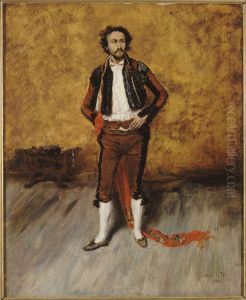Zacharie Astruc Paintings
Zacharie Astruc was a multifaceted French figure known for his work as a sculptor, painter, poet, and art critic during the 19th century. Born on February 23, 1833, in Angers, France, he became an influential personality in the Parisian art world and was closely associated with many prominent artists of his time, including Édouard Manet and the Impressionists.
Astruc's career began in the realm of literature and poetry, but he soon made a significant impact in the visual arts. As an art critic, he was an early and ardent defender of Édouard Manet, whose work was often criticized by the conservative art establishment of the time. Astruc's support of Manet included a famous defense of Manet's painting 'Olympia' in 1865, which faced harsh criticism for its bold portrayal of a nude woman.
Besides his contributions to art criticism, Astruc developed his own artistic practice. He began exhibiting his sculptures and paintings in the 1860s. His sculptures often took the form of small bronzes and medals, and he had a particular interest in creating portrait busts. His style blended elements of realism with the emerging impressionist sensibility, and his work was featured in several important exhibitions, including the Paris Salon and the Impressionist exhibitions.
Astruc's relationships with key artists of his time extended beyond professional support; he was deeply embedded in the social fabric of the Parisian avant-garde. His bust of Édouard Manet, created in 1882, is perhaps his best-known sculpture and stands as a testament to their friendship and mutual respect. Astruc himself has been immortalized in art, most notably in Manet's painting 'Music in the Tuileries', where he is depicted among the crowd of Parisian elites.
Throughout his life, Zacharie Astruc continued to engage with the arts in various forms, and his legacy is one of a connector who bridged different artistic disciplines and supported the evolution of modern art in France. He died on May 24, 1907, in Paris, leaving behind a body of work that, while not as widely known today, played a significant role in the art world of his time.
